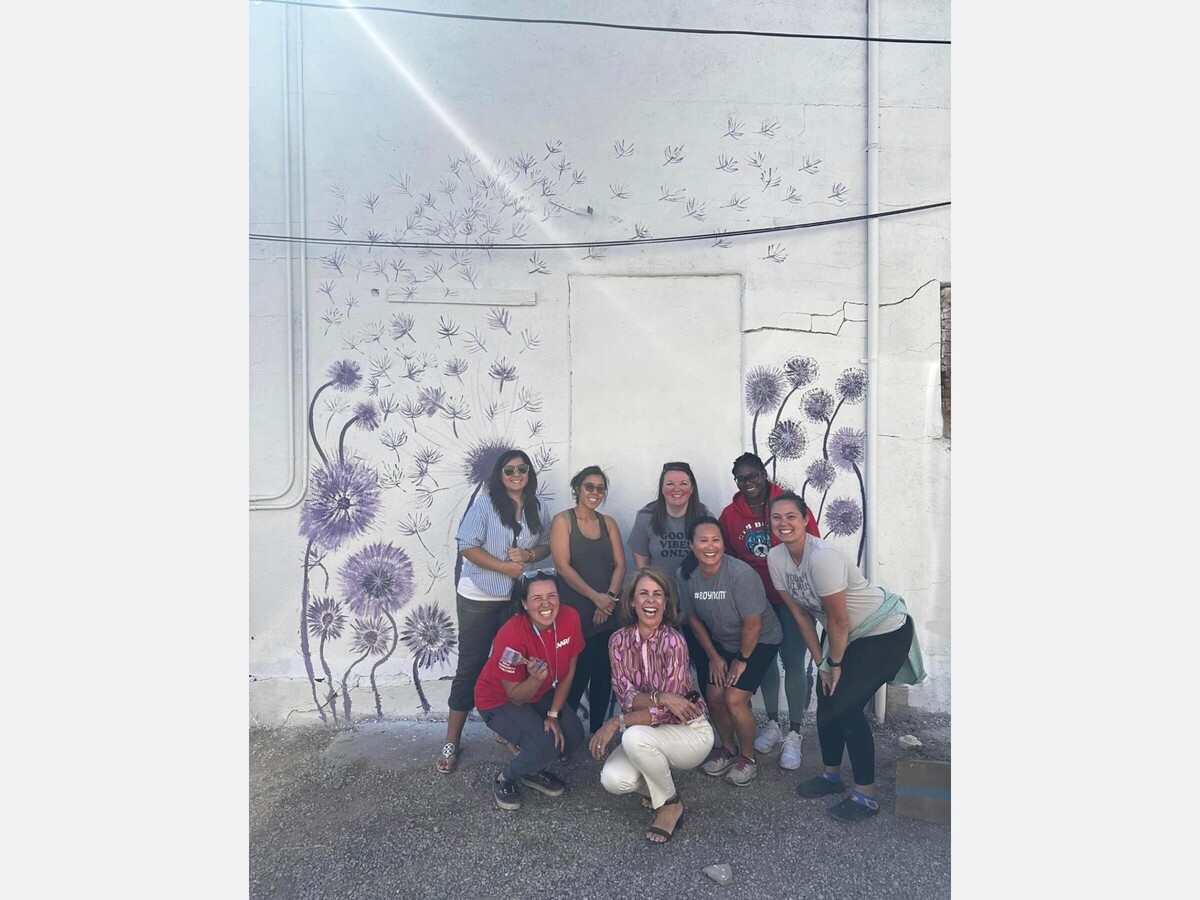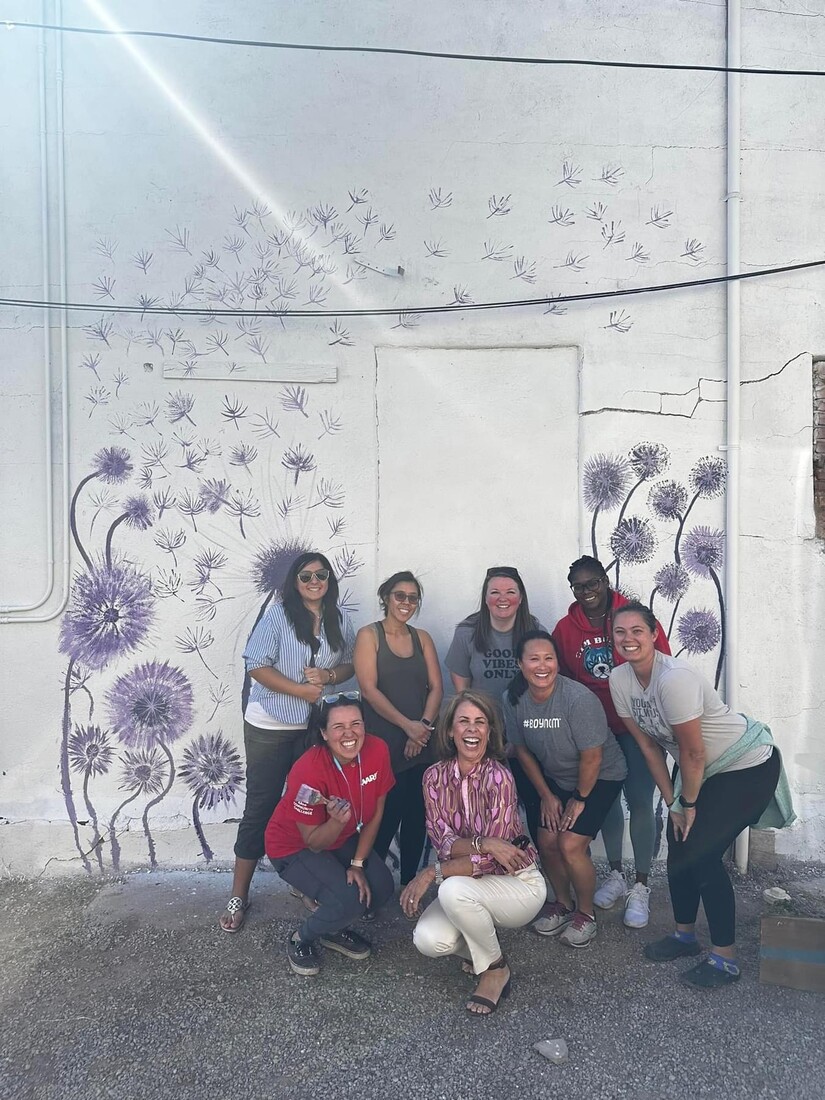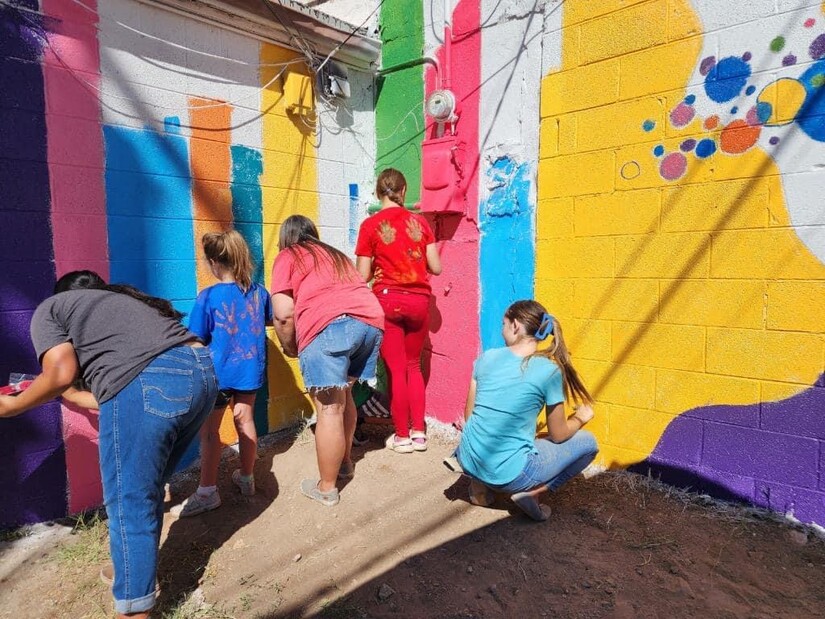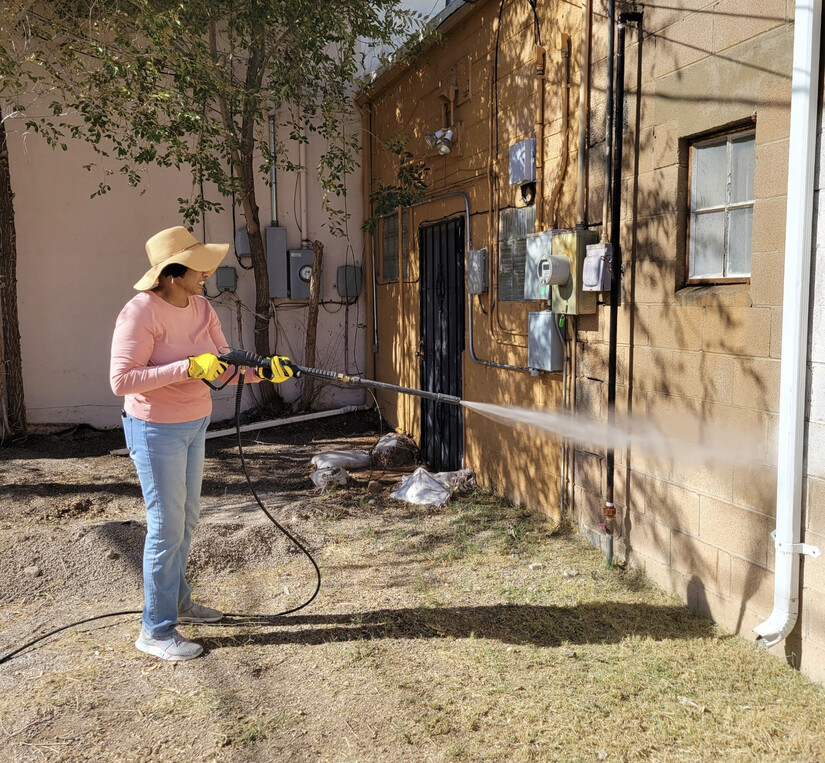Image


Chihuahuita Pride is growing from New York Avenue, to Kansas Avenue, Sacramento Park at First Street to the many streets from 10th to 1st in between. A community of volunteers with business and political leadership is collaborating ,while honoring history, to promote and revitalize this historic neighborhood.
Alamogordo was originally laid out with a preplanned ethnic neighborhoods such as Chihuahuita. Alamogordo was platted in 1898, followed by the Chihuahuita or some refer to it as the Chihuahua addition in 1900.
The neighborhood of Chihuahuita became a part of Alamogordo when it was incorporated in 1912.
One Chihuahuita resident recalled that “the children were all mixed together” in the neighborhood. They associated with one another and played together.
He continues: “We thought blacks went to Corinth because they were supposed to and wanted to; we thought the Mexicans went to Dudley School because they were supposed to and wanted to and Anglo children went where they did for the same reason.”
Prior to Alamogordo’s population surge in the late 1940s and early 1950s, there were equal numbers of Spanish-American and Anglo-American residents. The Spanish-Americans were for the most part laborers who were still very close to their original home in Mexico “in habits and in their social values.”
Tenth Street, running east to west, marked the dividing line between the Anglo-American and the minority neighborhoods. The Spanish-Americans lived in the southern half, along with a small Negro population, and the Anglo-Americans resided in the northern half. According to Williams and Ryan, this segregation was ‘voluntary’ within each group, “in that the Spanish culture and the culture of the Anglo-Americans had little in common.”
Ruth Coughlin told June Harwell that “Anglos could live south of Tenth if they chose, but Mexicans could not live north of it.”
The New York Avenue business district consisting of the 900 to 1200 blocks were on the edge of the Chihuahuita neighborhood. This 3 block radius had more investment than the whole of Chihuahuita. This 3 block radius and the 2 blocks behind New York Avenue was built up as the commercial center of Alamogordo. Streets were graded and well defined. Sidewalks were installed and street lights. This was the only part of the neighborhood to have a large investment in public infrastructure. If one walked further into the neighborhood or rode one’s horse and buggy at night it would be very dark and the sidewalks disappeared.
The town of Alamogordo never heavily invested into the infrastructure of the Chihuahuita neighborhood. When infrastructure investment did happen it happened on the cheap.
Electrification of the neighborhood began in the business district of New York Avenue and from there was run along the alleyways instead of the main streets of Chihuahuita. That streaming of power into the alleys resulted in a neighborhood with few street lights. That infrastructure remains pretty much unchanged 125 years since its official inception. If an individual takes a drive though town the darkest of neighborhoods with the least amount of street lighting is Chihuahuita. The result of 100 plus years of neglect.
Lot sizes in Chihuahuita are smaller parcels than a majority of the neighborhoods in Alamogordo and most of the streets were never built out with sidewalks. The neighborhood once prosperous and filled with stores and life fell into neglect over the decades as generations of Hispanic and Black families left the neighborhood for better housing in the Caucasian centric neighborhoods.
However that is changing. Chihuahuita is seeing a resurgence and its history and contributions to the fabric and culture of Alamogordo is beginning to be recognized, appreciated and the stories of old resurrected.
Visionary leaders and partnerships such as those of within Alamogordo MainStreet, the Tularosa Basin Historic Society, political leadership from District 5 City Commissioner Sharon McDonald and independent individuals are collaborating in a manner not ever seen on behalf of preserving this historic neighborhood.
Alamogordo MainStreet is focused on New York Avenue revitalization of the 900 to 1200 Blocks. The MainStreet will begin a major construction facelift as soon as the city completes the final project schematics and places the work for bid. This effort is funded by a grant from the state of New Mexico championed by the business leaders of New York Avenue and Commissioner Sharon McDonald who attends most MainStreet events and meetings.
The organization recently received another private grant from the AARP Livable Community Grants program which allowed it to begin an ally way cleanup as well. That 900 block alley way is a collaborative community effort that has brought volunteers to get their hands dirty such as Commissioner Sharon McDonald to a group of volunteers from MainGate United.



From New York Avenue one travels into the neighborhood of Chihuahuita and sees construction everywhere as sidewalks are being built. It took 125 years and finally leadership from Commissioner Sharon McDonald and the passion of community members in the neighborhood to finally convince the political leadership that the time is now to put sidewalks into the neighborhood. 125 years in the waiting and sidewalks a thing other neighborhoods take for granted are now becoming a reality.
The Dudley School redevelopment which will tell the story of attendees is continuing its path of transformation. Soon it will be a vital community center with historic exhibits specific to the neighborhood and buildings history and a playground and yet another source of pride for the neighborhood. Transforming from a troubling past to a center of history and culture.
Chihuahuita Pride is showing in this historic community with a collaborative spirit of those from within the neighborhood and beyond.